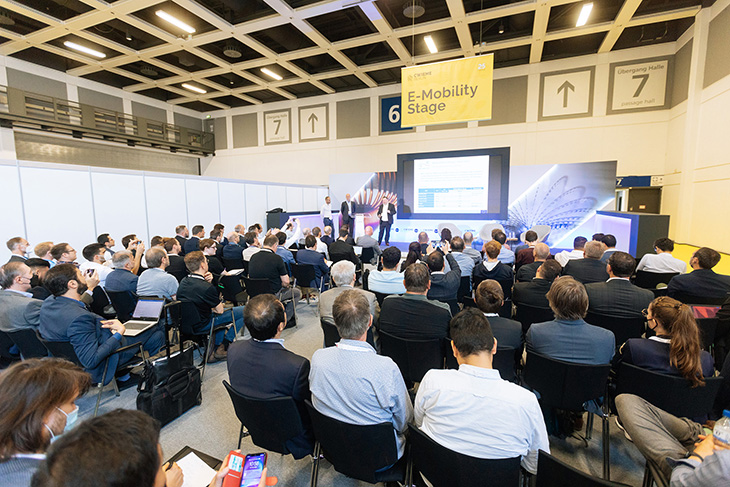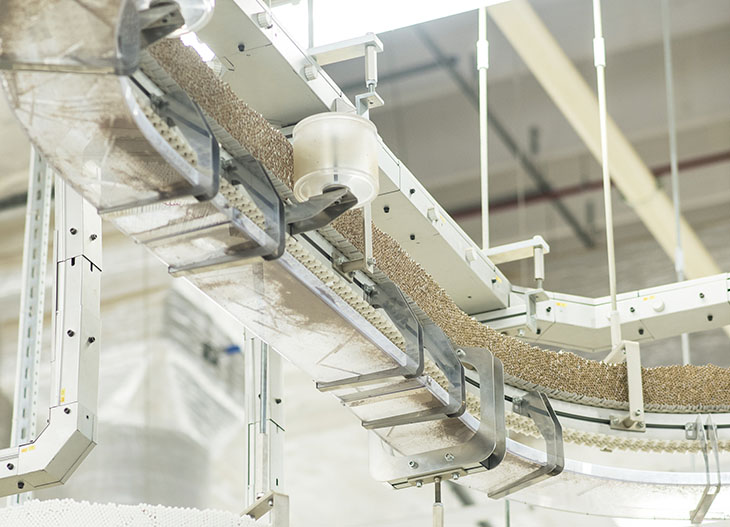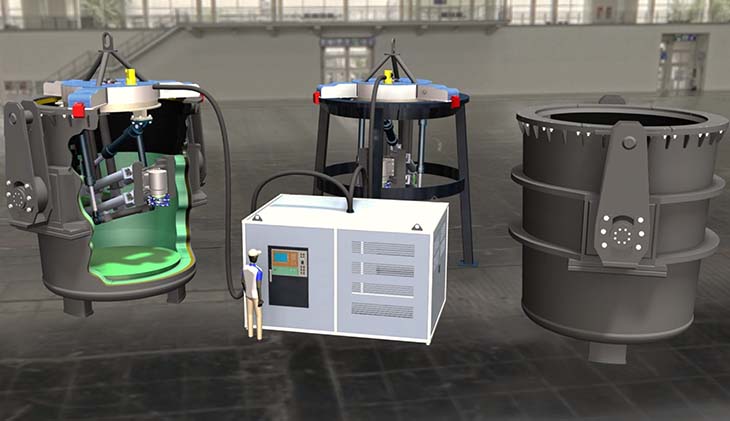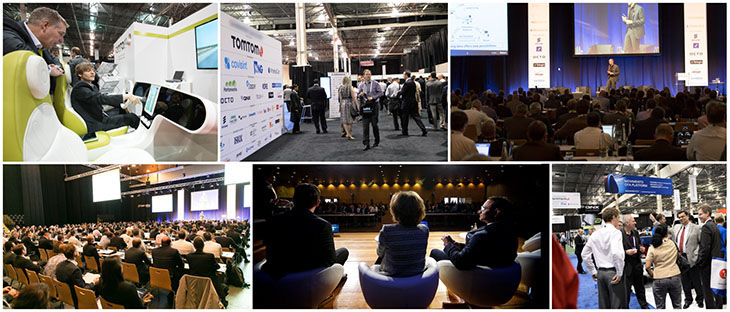
2,500 metric tons upstroke short-stroke press wins over with short pressure build-up times, parallelism control and low overall height
Göppingen/Hilbersdorf, September 26, 2019 – Underbody panelings, spare wheel recesses or battery carriers: These and other lightweight parts made of fiber-reinforced plastic – so-called composites – are manufactured by ASGLAFORM Composites GmbH in Hilbersdorf, Saxony. The production has now started on a 2,500 metric tons upstroke short-stroke press from Schuler.
"With the new line we will not only produce prototypes for suppliers and development service providers in the automotive industry, but also fiber-reinforced plastics such as SMC, GMT and LWRT in small batches," says project manager Thomas Weidhaas: “Either to cover inconvenient production lot sizes of niche products in subcontract for series suppliers, or in order to temporarily compensate for undercapacities of manufacturers already established on the market.”
"We will make our press available in the future for die and production try-outs," says Weidhaas. ASGLAFORM is a subsidiary of ASGLAWO technofibre® GmbH, an internationally active producer and service provider in the field of innovative insulation and reinforcement fabrics with over 70 years of experience and around 90 employees.
There were a number of technical reasons for Schuler, in addition to the proximity of the company’s Erfurt site. "In the production of composite parts, in addition to a high press force, short pressure build-up times are of particular importance," explains Weidhaas. "The Schuler machine provides its full press force of 2,500 tons after just 0.14 seconds. That's a very good value."
An internal cavity pressure of 250 to 300 bars ensures that the plastic is distributed optimally throughout the die. For example, a five-millimeter thick semi-finished product for an underbody paneling is compressed to two millimeters in the final part. Since the system can build up the pressure fast enough, there is no danger that the semi-finished product in the die will stop to flow before it has taken its final form.
"We need the parallelism control to tilt the die," continues Weidhaas. Just a tilt of only half a millimeter per meter ensures that a targeted flow of the plastic is generated in the die and that correspondingly better component surfaces can be achieved.
The design-related low height of 4.80 meters above ground was, according to the graduate engineer, an important argument for the upstroke short-stroke press: "This allowed us to build the production hall lower." Positive side effect: Because the hydraulic units are located in the basement, the noise is reduced.
Apart from that, Weidhaas praises the cooperation with Schuler, which was characterized by a partnership approach. The order for the press was received in early 2018, the final acceptance took place in August this year.





















